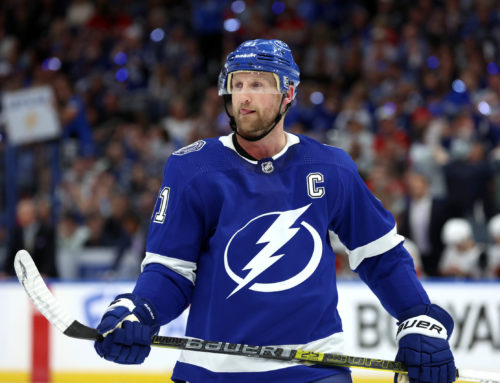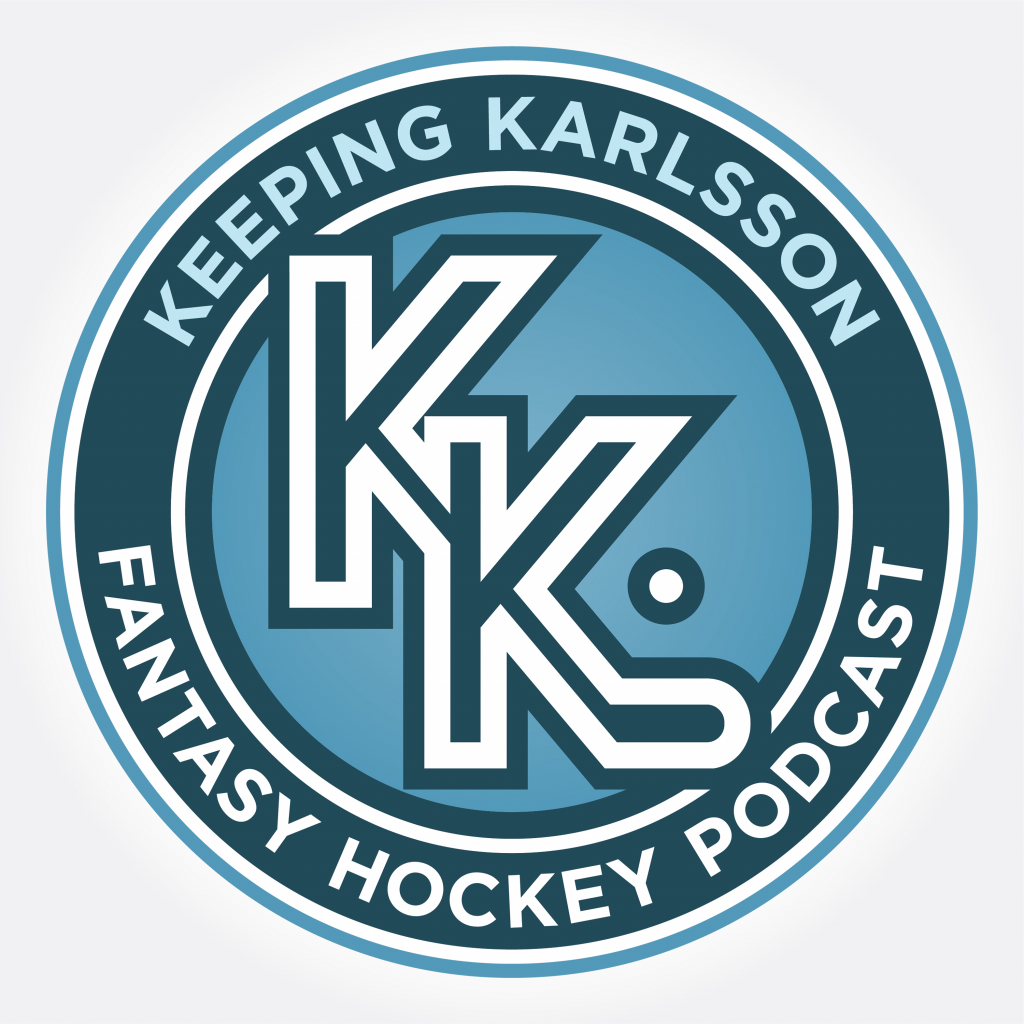In the high-stakes world of NHL goaltending, success is often measured by more than just the traditional metrics. This week, we turn our analytical lens towards a more nuanced evaluation of goalie performances, focusing on the comparison between Expected Goals Against (xGA) and Actual Goals Against. This approach allows us to delve deeper into the efficacy of goalies, transcending beyond surface-level statistics to understand the true impact of their efforts in the crease. While Goals Against Average (GAA) and Save Percentage (SV%) have long been the cornerstones of assessing goaltenders, they don’t always tell the full story. GAA and SV% offer a broad view of a goalie’s performance but can be influenced by team play and defensive strategies. In contrast, xGA provides a more individualized assessment, isolating the goalie’s performance from the team’s defensive abilities. By comparing xGA with actual goals conceded, we gain a clearer perspective on a goalie’s skill in preventing goals, regardless of the defensive support they receive. This analysis not only complements traditional statistics like GAA and SV% but also enriches our understanding of them. It helps us identify goalies who are effectively making a difference in the net, potentially performing well despite a high GAA or low SV%, or those whose traditional stats may be flattering their actual impact on the game.
Decoding xGA
It’s crucial to understand the underpinnings of the xGA metric. In essence, xGA is a predictive tool that calculates the likelihood of a shot resulting in a goal based on a myriad of factors such as shot location, angle, type, and even the game situation. This metric has emerged as a powerful indicator of a goalie’s performance, offering a more refined analysis than traditional statistics can provide. Unlike GAA or SV%, which primarily reflect the outcomes of shots faced, xGA delves into the quality of those shots, equipping us with the ability to assess a goalie’s performance in the context of the challenges they encounter. It accounts for the defensive environment and the quality of opposition, providing a level playing field for evaluating goalies across different teams and situations. The xGA model offers an objective lens, stripping away the variables beyond a goalie’s control, and focusing on their pure shot-stopping ability. This metric enables us to answer questions like: “Given the shots a goalie has faced how many goals should have been conceded?” The difference between this figure and the actual goals conceded can reveal a goalie’s true impact, distinguishing the exceptional from the fortunate. It's important to view xGA as a piece of the broader goaltending performance puzzle. Combined with other metrics, xGA can enhance our understanding of a goalie’s effectiveness, but it doesn’t stand alone. Let’s proceed with this in mind, as we examine how xGA complements traditional statistics to give us a more complete picture of a goalie's prowess.
xG Insights for the Fantasy Hockey Manager

Armed with an understanding of Expected Goals Against (xG), we now apply this knowledge to fantasy hockey. The scatter plot offers a visual comparison of xG against Actual Goals Against, serving as a strategic tool for managers looking to optimize their goalie picks.
Identifying Undervalued Goalies – Pinpoint goalies whose performance outshines their xG, indicating they may be undervalued assets in fantasy leagues.
Assessing Risk and Reliability – Evaluate goalies with close xG and Actual Goals Against as potentially reliable choices, while those with wide variances might carry more risk.
Team Context – Discuss how team defense impacts goalie stats and fantasy points, and why a strong individual performance may be hidden behind a weak team defensive record.
Spotting Trends for Trades and Acquisitions – Use trends from the data to suggest goalies who might be ripe for trading for or picking up, based on their likelihood to maintain or improve their performance against xG.
Implications for Drafting and Roster Moves – Consider how this analysis can inform future drafting decisions and in-season roster adjustments, particularly in categories like goals allowed and save percentage.
The interplay between xG and Actual Goals Against serves as a vital compass in navigating the fantasy hockey landscape. Goalies who consistently outperform their xG offer a competitive edge, often contributing to fantasy success through unexpected saves and points. These shot-stoppers are prime candidates for a fantasy manager’s roster, especially when their actual impact may be underrated in the eyes of competitors. Conversely, goalies whose actual goals conceded surpass their xG may represent a liability or an opportunity for savvy managers to sell high on a player whose luck may soon run dry. Understanding these dynamics can be particularly pivotal when planning trades or waiver wire pickups. The defensive strength of a goalie’s team is another piece of the puzzle. A goalie’s true potential can be masked by the team’s overall defensive performance, making those on weaker squad's potential sleepers for a fantasy roster. As the season progresses, the data trends we’ve identified will evolve, and so too should a manager’s strategy. The insights provided here are not just a reflection of what has been but a guide to what might be. For the fantasy hockey manager, this analysis is a starting point for deeper research and a reminder that the numbers tell a story – one that can guide decision-making from draft day to the championship round.
With this knowledge in hand, we move forward, ready to analyze the scatter plot and apply these insights to real-world scenarios, always with an eye towards capturing that elusive fantasy hockey trophy.
Data courtesy of Natural Stat Trick | Graph crafted by @DH_staspup
One Comment
Leave A Comment
You must be logged in to post a comment.





 CHI
CHI MTL
MTL N.J
N.J CBJ
CBJ BOS
BOS PIT
PIT DET
DET ANA
ANA L.A
L.A COL
COL

These articles always leave me wanting. I would find it helpful if these articles also provided commentary on what the data means for some of these players listed.